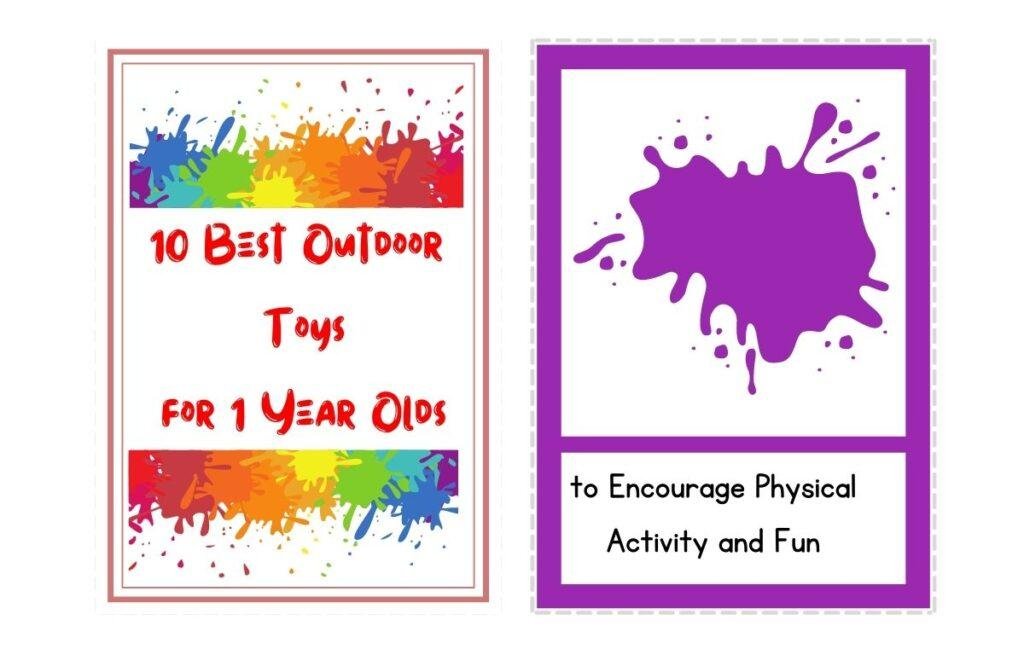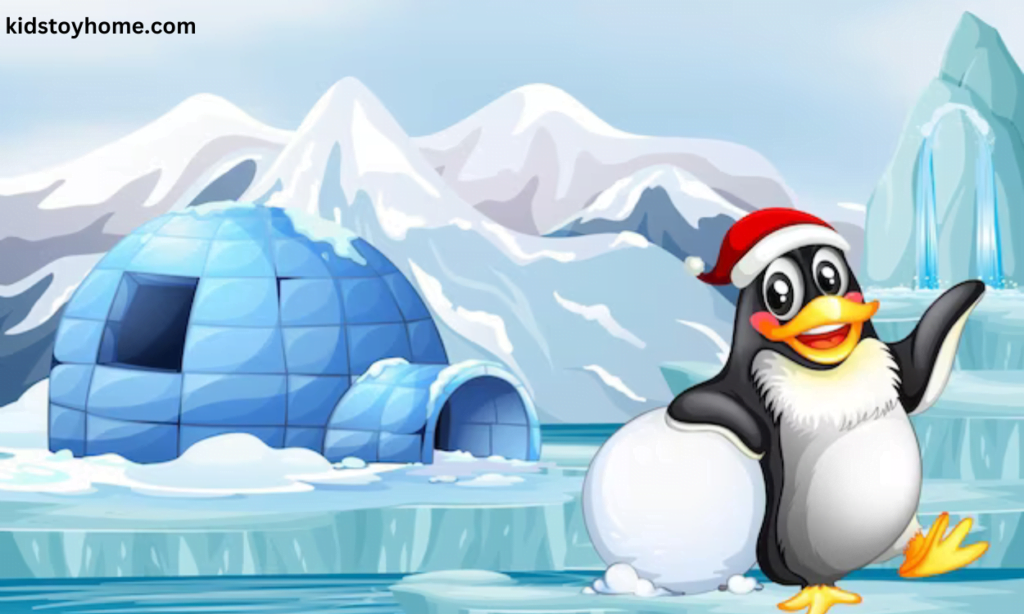In today’s fast-paced, digital world, children often miss out on the fundamental experiences that foster growth and development, prominently in the realm of sensory play. The reliance on screens has led to a disconnection from tactile learning and the natural exploration of the environment which is critical during a child’s formative years.
Recognizing this issue, water sensory play emerges as a simple yet effective solution. It unlocks a child’s potential by engaging different senses simultaneously and promoting cognitive, social, and physical growth.
Dive deeper into the world of water sensory play as we explore its multifaceted benefits and provide valuable insights on incorporating this delightful and educational method into a child’s routine. Discover engaging activities and tips below that will not only entertain but also contribute significantly to a child’s development.
What is Water Sensory Play?
Water sensory play is a form of tactile activity that involves the exploration of water through sensory experiences. It encourages children to manipulate and interact with water in various ways, such as pouring, scooping, stirring, and splashing. This type of play is not only entertaining but also beneficial for a child’s overall development.
Water sensory play allows children to engage their senses, including touch, sight, smell, and hearing. As they manipulate the water with their hands or other tools, they are learning about its properties such as temperature, texture, and weight. This helps them develop fine motor skills, hand-eye coordination, and spatial awareness.
Additionally, water sensory play can also have a calming effect on children. Many children find the sound of running water or the feeling of water on their skin soothing and relaxing. This can be especially beneficial for children who may struggle with sensory processing issues or need help regulating their emotions.
How To Make a Water Sensory Play?
To create a water sensory bin that will offer hours of educational play, start by selecting a large, shallow container as your base. Fill it with water and consider adding a few drops of food coloring for a splash of visual excitement. Next, gather various items to encourage exploration, such as small toys, floating objects, and different textured materials. Ensure all items are waterproof and safe for the children’s age group. Tools like cups, spoons, and sieves can enhance the experience, allowing kids to pour, scoop, and sift. Always supervise children during play to ensure safety, especially with water involved.
- Select a large, shallow container to serve as the base of the water sensory bin.
- Fill the container with water and add a few drops of food coloring if desired.
- Gather a variety of waterproof items for exploration such as:
- Small toys
- Floating objects
- Different textured materials
- Provide tools like cups, spoons, and sieves for activities like pouring, scooping, and sifting.
- Ensure all items are age-appropriate and safe for children to use.
- Supervise children at all times during play to maintain safety with water.
Easy To Setup Ideas for Water Sensory Play
Water sensory bins are a fantastic way to engage little ones in exploratory and educational play. They are perfect for those hot summer days or any time you’re looking to mix up your sensory activities. Here are a few ideas for creating a water sensory bin that is both easy to set up and sure to entertain:
- Ice Excavation Bin: Freeze small toys in layers of colored water in a large container. Provide warm water in droppers or small squirt bottles for children to melt the ice and ‘rescue’ the toys.
- Floating Flowers: Fill a bin with water, add some fresh flowers, and give children tools to scoop and stir. This can be a calming activity that also smells wonderful.
- Ocean Exploration: Create a mini ocean with water-dyed blue, sand, pebbles, seashells, and marine animal toys. Kids can learn about marine life while they play.
- Pouring Station: Set up various containers of different shapes and sizes with water, along with funnels, sponges, and ladles, to provide endless opportunities for pouring and transferring.
Remember to always supervise children during water play and to use materials that are safe and age-appropriate.
Benefits Of Water Sensory Play
- Enhances sensory perception by exposing children to different textures, temperatures, and materials found within the water bins.
- Fosters creativity and imagination as children concoct stories and scenarios surrounding their sensory bin activities.
- Instills scientific curiosity, with water sensory play introducing basic concepts of physics like floating, sinking, and fluid dynamics.
- Encourages independent play, allowing children the freedom to explore and discover at their own pace within a safe environment.
- Provides a platform for environmental education as children interact with elements like water, learning about conservation and the significance of natural resources.
Conclusion
In conclusion, water sensory play stands out as an essential activity for children, providing an enjoyable and multi-sensory experience that is integral to development. Through the simple act of interacting with water, children enhance their fine motor skills, bolster cognitive function, and foster emotional well-being. It’s an activity that transcends pure enjoyment, encapsulating the essence of learning through play. By incorporating water sensory play into a child’s regular routine, parents and educators lay down a foundation for lifelong learning—imbuing curiosity, encouraging discovery, and nurturing an appreciation for the tactile beauty our world offers.
FAQs
How do I clean and maintain the water sensory play set?
To ensure your water sensory play set remains hygienic and in good condition, empty the water after each use and rinse any toys or components with clean water. Wipe down with a mild soap solution and rinse thoroughly. Allow all parts to air dry completely before storing.
What is the suitable age range for children to engage in water sensory play?
Water sensory play is great for toddlers and young children, typically from 18 months to 6 years old. Always supervise children during water play to ensure safety.
Are the materials used in the water sensory play sets safe for children?
The safety of your child is our priority. All materials used in our play sets are non-toxic and meet safety standards for children’s products. Certificates of material safety are available upon request.
Please remember to always supervise your children during water sensory play to ensure their safety and maximize the fun and educational value of this activity. If you have any further questions or concerns, feel free to contact our customer support team.





